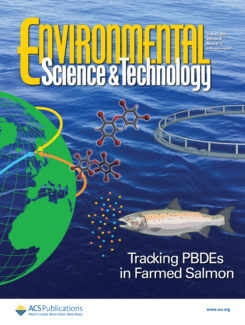Reduced Ultrafine Particle Concentration in Urban Air: Changes in Nucleation and Anthropogenic Emissions
Nucleation is an important source of ambient ultrafine particles (UFP). We present observational evidence of the changes in the frequency and intensity of nucleation events in urban air by analyzing long-term particle size distribution measurements at an urban background site in Pittsburgh, Pennsylvania during 2001–2002 and 2016–2017. We find that both frequency and intensity of nucleation events have been reduced by 40–50% over the past 15 years, resulting in a 70% reduction in UFP concentrations from nucleation. On average, the particle growth rates are 30% slower than 15 years ago. We attribute these changes to dramatic reductions in SO2 (more than 90%) and other pollutant concentrations. Overall, UFP concentrations in Pittsburgh have been reduced by ∼48% in the past 15 years, with a ∼70% reduction in nucleation, ∼27% in weekday local sources (e.g., weekday traffic), and 49% in the regional background. Our results highlight that a reduction in anthropogenic emissions can considerably reduce nucleation events and UFP concentrations in a polluted urban environment.



Leave a Reply